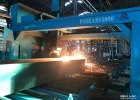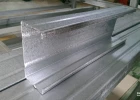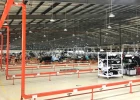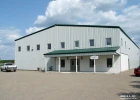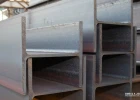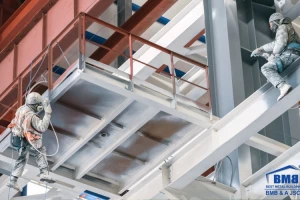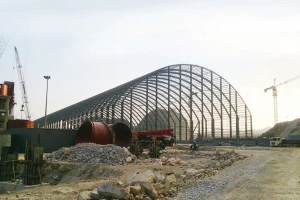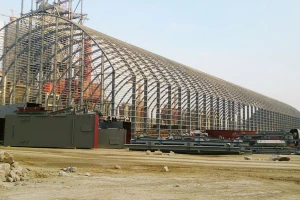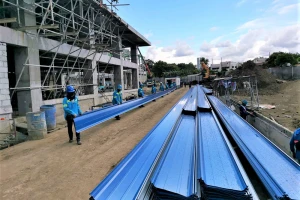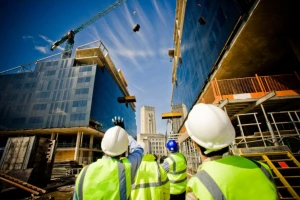Steel structure installation and construction process
Understanding the erection and construction of steel structures is mandatory for investment owners and construction contractors. For gorgeous and high-quality steel building products, BMB Steel invites you to learn about this process and some notes when constructing this type of structure.
1. The process of erection and construction of steel structures
1.1 Inspection of equipment and supplies
Before embarking on the erection and construction of steel structures, the preparation of machinery and raw materials and tools must meet standards. The construction team should perform a functional check of the equipment, quantity, and quality of the required materials. Timely detection of errors and omissions to ensure safety for workers and quality of work.
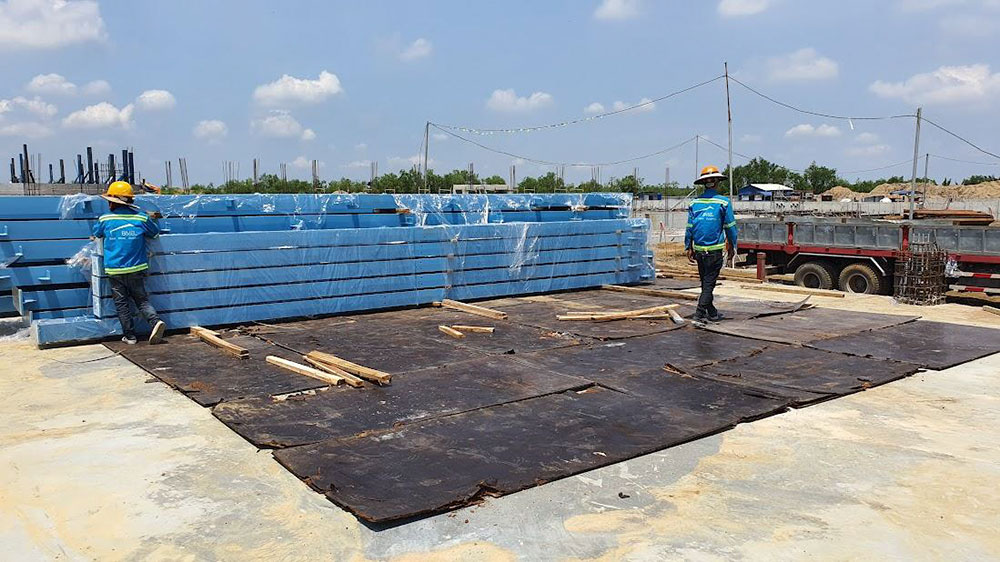
Although it is only a re-check, ensuring good preparation contributes significantly to determining the quality of the product later.
1.2 Erection and construction of steel structures
This is a multi-step process and must be applied in the correct order. Projects are easier to control, complete, and of high quality.
Step 1: Install the mainframe, including columns and rafter combination
- Pillar
The column system will decide the bearing capacity of steel structure products.
We often use a heavy crane to install 4 front side columns, followed by 2 middle and axle columns. It is necessary to align the position, elevation, and verticality of the columns based on the figures in the design.
Then we continue to install scaffolding at the position of boundary columns. It is necessary to fix the entire scaffolding to ensure stability. After that, we use lifting devices to install the purlin frame and fix it with bolts. On the 2 sides of the columns, there should be a temporary bracing.
- Combination of rafters
The truss frame supports and connects other parts of the building together, increasing the stability. Must be installed in order from inside to outside, prioritizing the space with wind bracing (columns and roof) first.
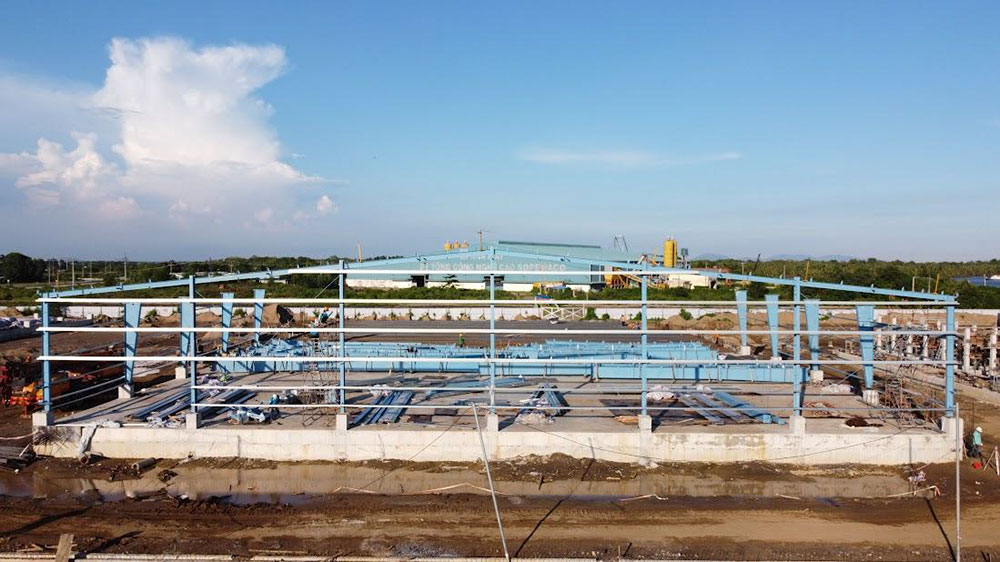
To complete the truss, it is necessary to fix the frame with the permanent cross-bracing cables of the columns and truss beams. Then fit the entire frame and purlin to the side and center columns. Clean and repaint scratches.
Finally, to complete the main frame, pull the purlin to the roof and then fix it with bolts to complete the gable rafter installation. Use a lifting device to raise the girder to the roof.
Step 2: Roofing corrugated iron, installing the cover
- Roofing:
Using the sliders to transport the corrugated iron sheets to the position on the purlin, it is necessary to measure and pre-align to ensure accuracy.
Install the protective cable system on the roof and prepare all electrical equipment for the construction. When installing, the electrical construction part must avoid direct contact with the purlin and roof corrugated iron.
Install each corrugated iron sheet to the correct position and ensure aesthetics.
- Install cover
Installing a sturdy construction scaffolding system, then installing the whole system of wall purlins, middle purlins, and all corrugated iron, gutters, and ventilation systems.
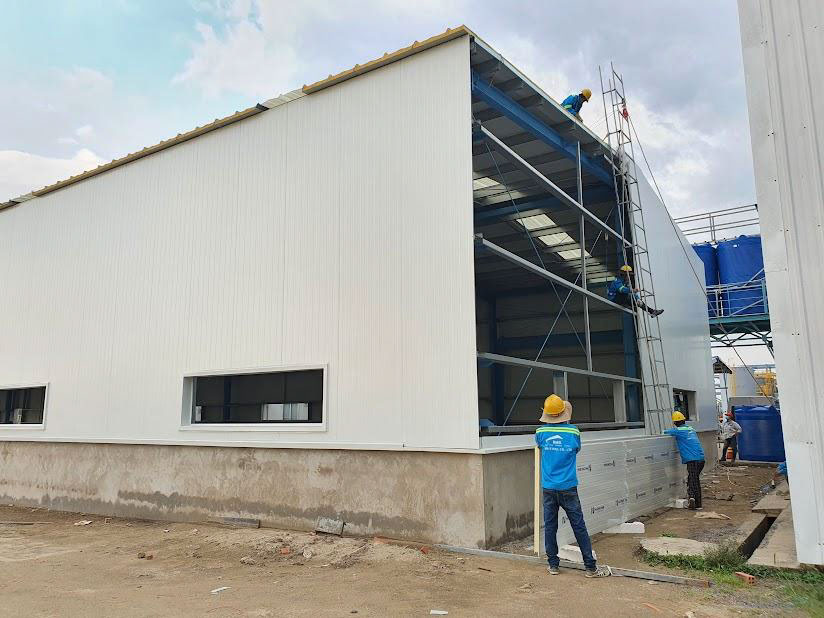
>>> Read more: Prefabricated buildings have become a construction trend
1.3 Inspection and handing over of projects
Like before erection, after completing the product, it is also necessary to check the installation details. The quality of the work is only recognized when there are no errors. At that time, the construction contractor will hand over the project to the customer to put it into use.
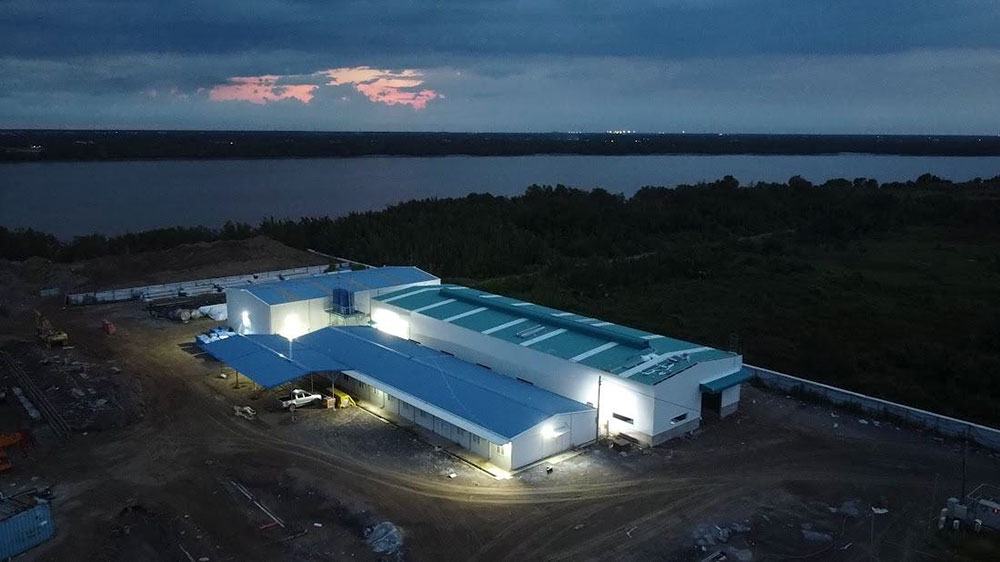
Steel structure works need to be checked carefully before handing over
2. Notes on erection and construction of steel structures
2.1 Before construction
In addition to inspecting equipment and materials, the construction contractor should also prepare labor protection equipment, pay attention to the weather in the construction area as well as the construction space must be large, airy, and well-ventilated for large devices to move.
2.2 During construction
Regularly check the design with the agreement between the designer and the contractor.
Regularly monitor and check the construction progress and the quality of the details erected to detect and repair promptly.
To learn more specifically, you can refer to our article Important notes of the construction and erection process of steel structures.
Above is the entire process of erection and construction of steel structures that you need to know. If you want to build pre-engineered steel buildings, find out and see more useful articles at BMB Steel.









